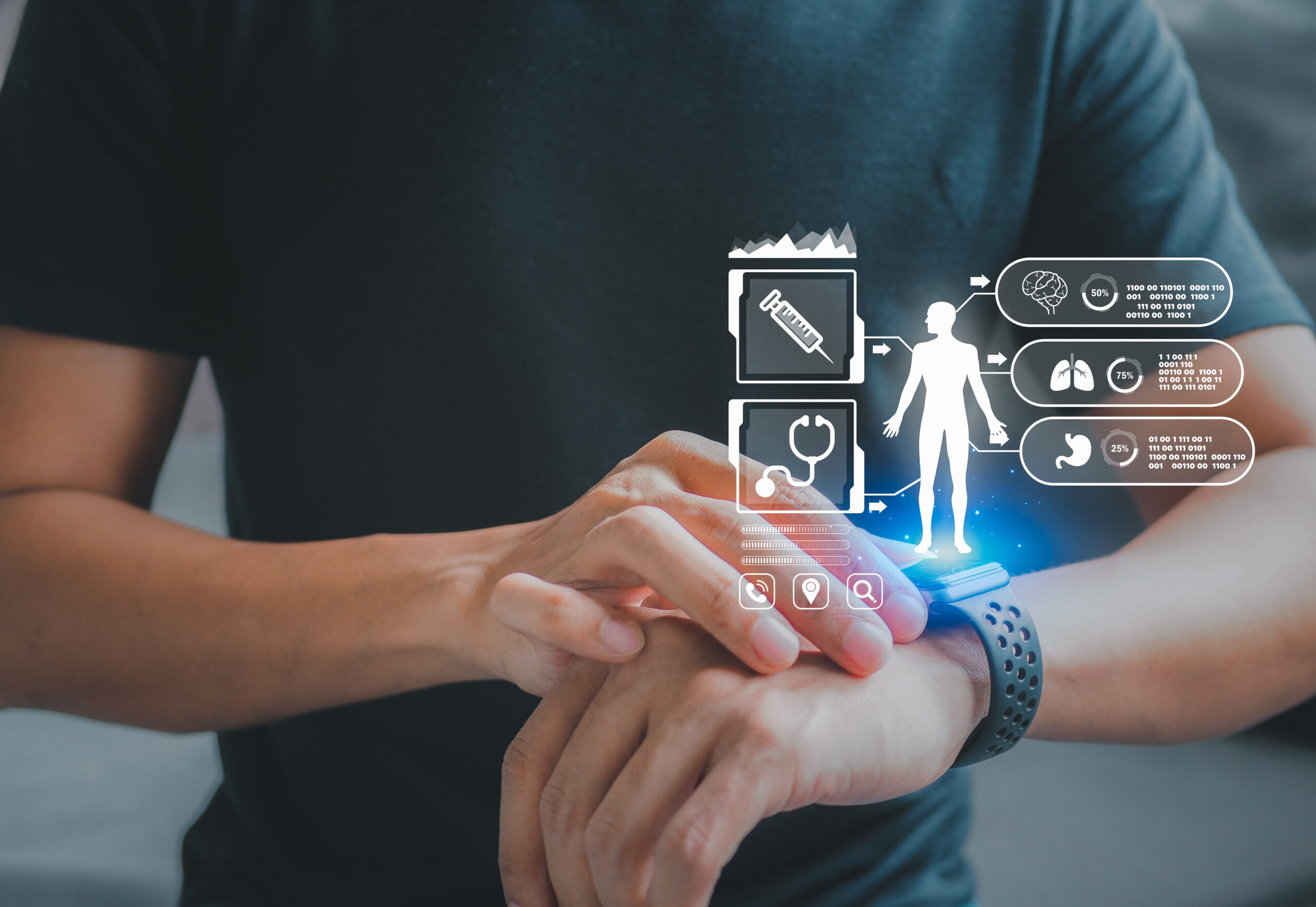Maintaining a balanced diet with proper nutrition is essential for one’s overall health and for avoiding preventable diseases. For some patients, it is necessary to monitor their diets and nutritional intake in real time. Current methods of monitoring a patient’s diet at home include self-recording with personal apps, consulting Dietary Reference Intake guidelines, or more invasive devices like blood glucose meters for home use. However, using biosensors in non-invasive wearable technology devices could monitor patients’ nutrient intake more accurately and in real-time. This would provide more convenient and reliable health information to patients and doctors.
According to a 2022 study, these wearable technologies would work by using biosensors to detect concentrations of certain nutrients in fluids like saliva, tears, or sweat and can use this data to determine blood nutrient concentrations of important molecules. Wearable nutrition monitoring can take many forms: for example, patients could use a smartwatch that tracks glucose levels, a skin patch or a sweatband worn around the patient’s arm that can analyze the nutrients and minerals in a person’s sweat, contact lenses with a built-in glucose sensor, and more.
Wearable nutrition monitoring technology has the potential to significantly change the landscape of dietary and lifestyle guidelines, preventative medicine, and taking ownership of one’s health. The non-invasive structure allows patients to track their nutrition in real-time and receive real-time feedback from mobile terminals like their phones or computers, personalizing and transforming health in a new way. Software can also play a role in analyzing dietary data and providing advanced guidance to patients and user-friendly reports that can more easily be shared with physicians. Although there are still many logistical and technological hurdles to making wearable nutrition monitoring technologies a reality for the average patient, scientists and developers should invest in this field of medical devices.
Featured Image: woravut










